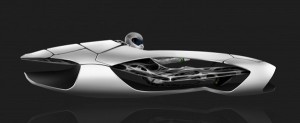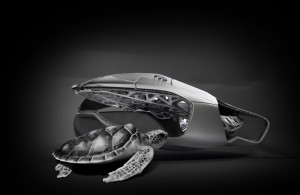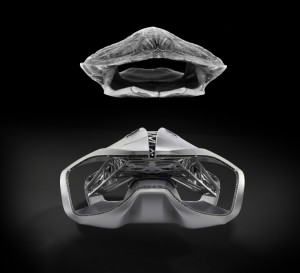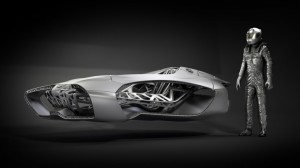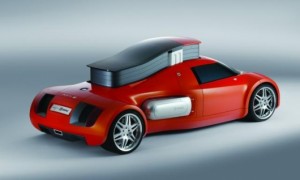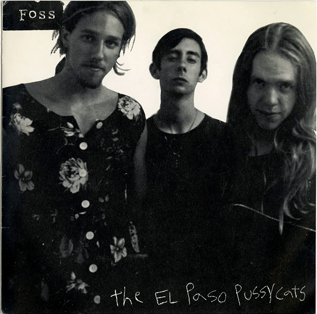aNewDomain.net — If you’re interested in seeing a return to the true concept of a concept car, while also peering a decade or two into the future of hitting the open highway, look to the 84th Geneva International Motor Show of 2014 and the EDAG Genesis one-piece-body automobile design.
The EDAG Group is the globe’s largest independent engineering partner, working with the international mobility industry, and works not only on automobiles but also on trains, light rail transport, and aircraft.
With expertise in and a focus on end product as much as production process, the EDAG Group tells us that it desires “to develop and present practicable and valid applications for use in component development and production. The first stage will be small structural parts; however, we intend to make a real contribution to the development of the revolutionary idea of additive manufacturing.”
EDAG also declares that “we are privileged to be alive at this point in history when the old maxim of ‘if it ain’t broke, don’t fix it’ becomes ‘if it ain’t broke, break it, because there’s no chance it will be done the same way in the near future’.” You can see the Group’s end result of its creative destruction and rebuilding in the video below:
Created by the EDAG Competence Centre for Lightweight Construction, the Genesis concept car was conceived of through biomimicry. The one-piece-body automobile is designed squarely upon “the bionic patterns of a turtle, for which it has a shell that provides both protection and cushioning, much like when it’s part of the animal’s bony structure.”
“The framework of the exhibit calls to mind a naturally developed skeletal frame, the form and structure of which should make one thing perfectly clear: these organic structures cannot be built using conventional tools! In the future, additive manufacturing could benefit designers and engineers by opening up enormous freedoms and new design options for development and production,” says EDAG in its Genesis press release.
After researching various additive manufacturing processes which included selective laser sintering (SLS), selective laser melting (SLM), stereolithography (SLA), and fused-deposition modelling (FDM), the Group at last opted for using FDM.
EDAG says of its choice:
Unlike other technologies, FDM makes it possible for components of almost any size to be produced, as there are no pre-determined space requirements to pose any restrictions. Instead, the structures are generated by having robots apply thermoplastic materials. Complex structures are built up layer by layer in an open space – without any tools or fixtures whatsoever.”
During the production process, the robots will also layer in carbon fibers. These will give the structure the required stiffness and strength to be a viable, safe car to drive.
These “wild idea” automobiles are old hat for EDAG. Back in 2004 the Group gave us the genX concept car. At that time Johannes Barckmann of the EDAG Design Studio told us that “Mobility, flexibility, and fun are the maxims of modern, success-oriented people. This future target group is shedding social conventions such as fixed working hours and working locations and defining modern nomadism as the new lifestyle.”
The genX featured built-in suitcases and a pop-out bed. Hey, what’s wrong with living in your car when it’s a genX by EDAG? I wonder if they will be able to fit a bed into the Genesis.
For aNewDomain.net, I’m Brant David.
Based in New Jersey, Brant David is a senior writer for aNewDomain.net. Follow him at +Brant David on Google+ and Brant@aNewDomain.net.


